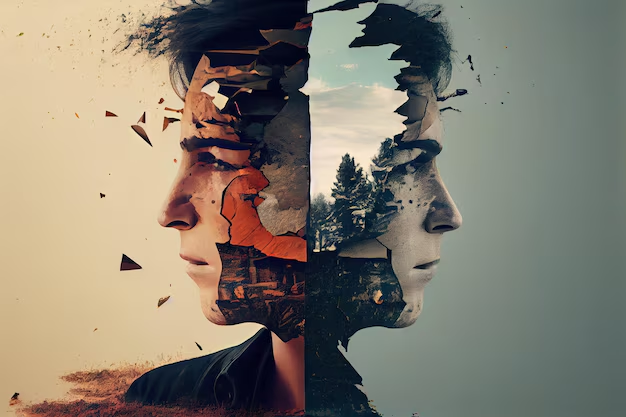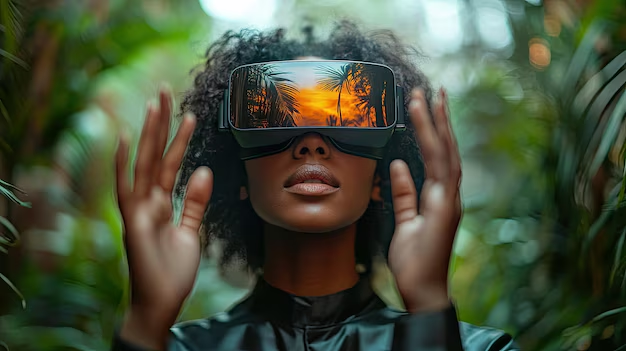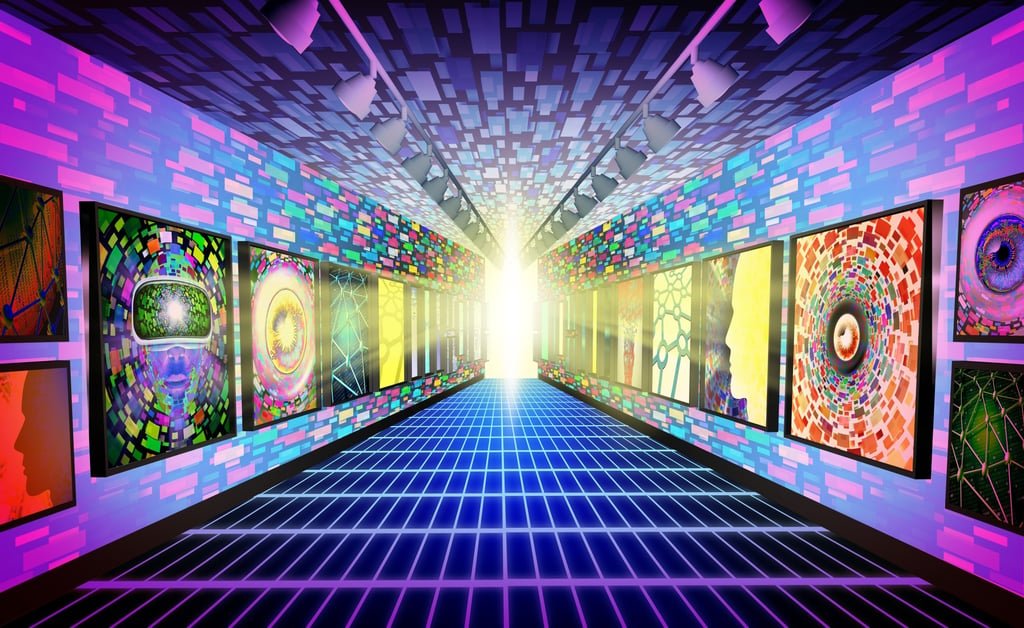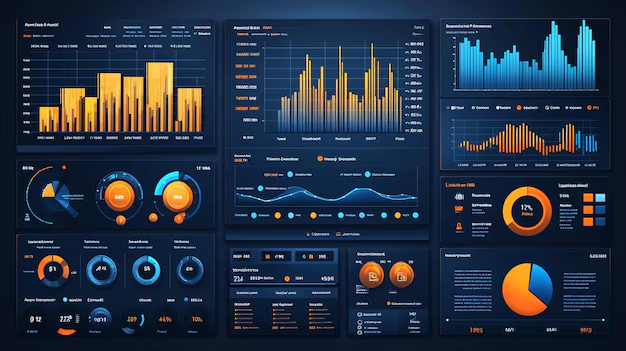Art and technology have always been intertwined—each pushing the other to evolve.digital art trends 2025, this intersection is expected to spark a digital renaissance. As we move deeper into the digital age, artists are leveraging technology to create, showcase, and sell art in ways never imagined before.
Whether you’re a traditional painter, a digital illustrator, a 3D designer, or an art lover, understanding these emerging digital art trends is crucial. They not only shape how we create art but also how we perceive and interact with it.
Let’s explore the top 5 digital art trends that will dominate the creative scene in 2025 and beyond.
1. AI-Generated Art is Becoming Mainstream
Artificial Intelligence (AI) has moved beyond automation—it’s now an active creative collaborator. AI tools like Midjourney, DALL·E, and Runway ML are being used by artists to create visuals that blur the line between man and machine.
Why It Matters:
AI art is no longer about random outputs. It’s now trained on styles, emotions, and even specific artist portfolios to generate artwork with incredible precision and meaning.
Real-World Example:
In 2024, a digital piece created using AI and human input fetched over $300,000 at a Sotheby’s auction, proving that the art world is starting to recognize the value of AI-human collaboration.

2. Immersive Augmented Reality (AR) Galleries
With the rise of metaverses and AR tools, virtual art galleries are becoming the norm. Artists are now creating 3D spaces where people can walk through their exhibits using their phones or AR glasses.
Why It Matters:
This trend allows for global exhibitions without physical boundaries. Artists can host events, interact with visitors, and sell art—all inside an immersive digital experience.
Top Tools:
- Artivive
- Adobe Aero
- Spatial.io
Did You Know?
Big brands like Gucci and Nike are already curating AR-based digital art experiences in virtual spaces.

3. NFTs Are Evolving (Not Dead Yet!)
While the NFT hype cooled down after its explosive 2021 boom, NFTs are making a comeback in a smarter and more sustainable way. Artists are using them to sell exclusive rights, offer unlockable content, and even control royalty structures.
Why It Matters:
NFTs now go beyond “ownership”—they’re becoming smart contracts that allow artists to monetize their work on their own terms, regardless of how many times it’s resold.
Platforms to Watch:
- Foundation
- SuperRare
- Objkt (for Tezos NFTs)
Example:
Digital artist Pak created a series where the buyer could burn or keep the NFT, influencing the final artwork’s value.

4. Hyper-Realistic 3D and Generative Design
3D art has evolved far beyond game graphics. With tools like Blender, Unreal Engine, and Houdini, artists are creating hyper-realistic and algorithmically-generated scenes that feel indistinguishable from real life.
Why It Matters:
This opens up new genres of art like generative landscapes, simulated physics-based sculptures, and 3D-printed prototypes directly from digital designs.
Bonus Trend:
Generative art, where artists write code that creates dynamic, ever-changing visuals, is gaining traction for installations and NFT marketplaces.

5. AI-Powered Art Curation and Marketplaces
Not only are artists using AI to create, but collectors and curators are also using it to organize, recommend, and even appraise digital art.
Why It Matters:
This makes digital art more discoverable and easier to sell, especially for emerging artists. AI tools analyze style, engagement, and popularity to suggest the best exposure channels for the artwork.
Emerging Platforms Using AI Curation:
- Saatchi Art
- Artsy
- AI-curated NFT collections
Tip for Artists:
Make sure your metadata and tags are SEO-optimized. The better your artwork is described, the more likely AI platforms will feature it.

Conclusion: The Future is (Digitally) Bright
The year 2025 marks an unprecedented transformation in digital art. With AI-generated creativity, immersive AR worlds, smart NFTs, and algorithmic curation, the definition of “art” is being reimagined daily.
Whether you’re a digital artist, a collector, or just an art enthusiast, now is the time to embrace this digital revolution.
So, which trend do you think will have the biggest impact this year?
Let us know in the comments and don’t forget to share this blog with your fellow art lovers!
Explore More on DIY Artifacts Blog:
How Renaissance Techniques Influence Modern Digital Artists
5 Iconic Renaissance Paintings That Will Forever Change Your View on Art!
